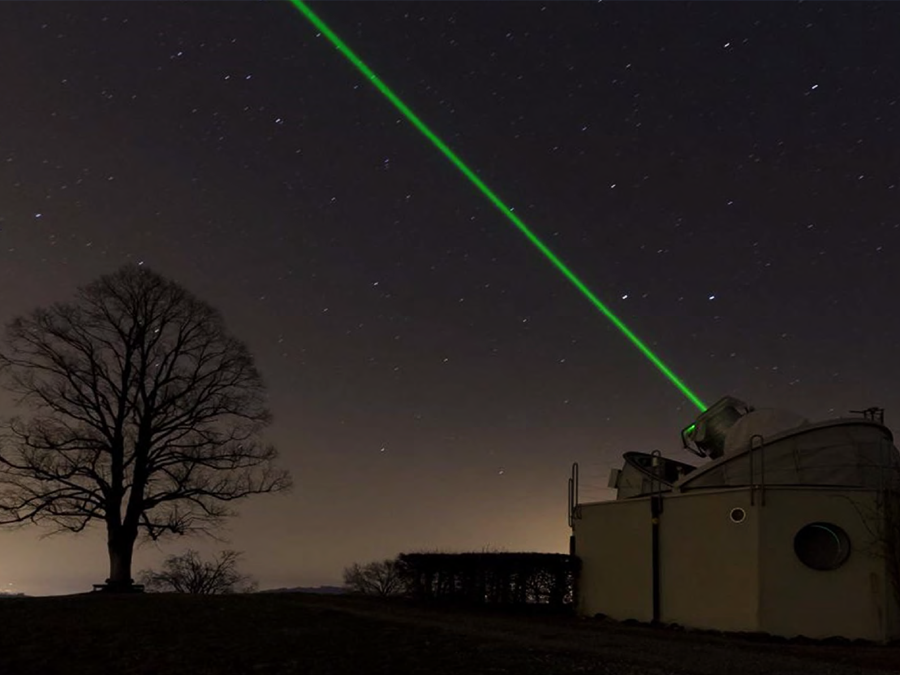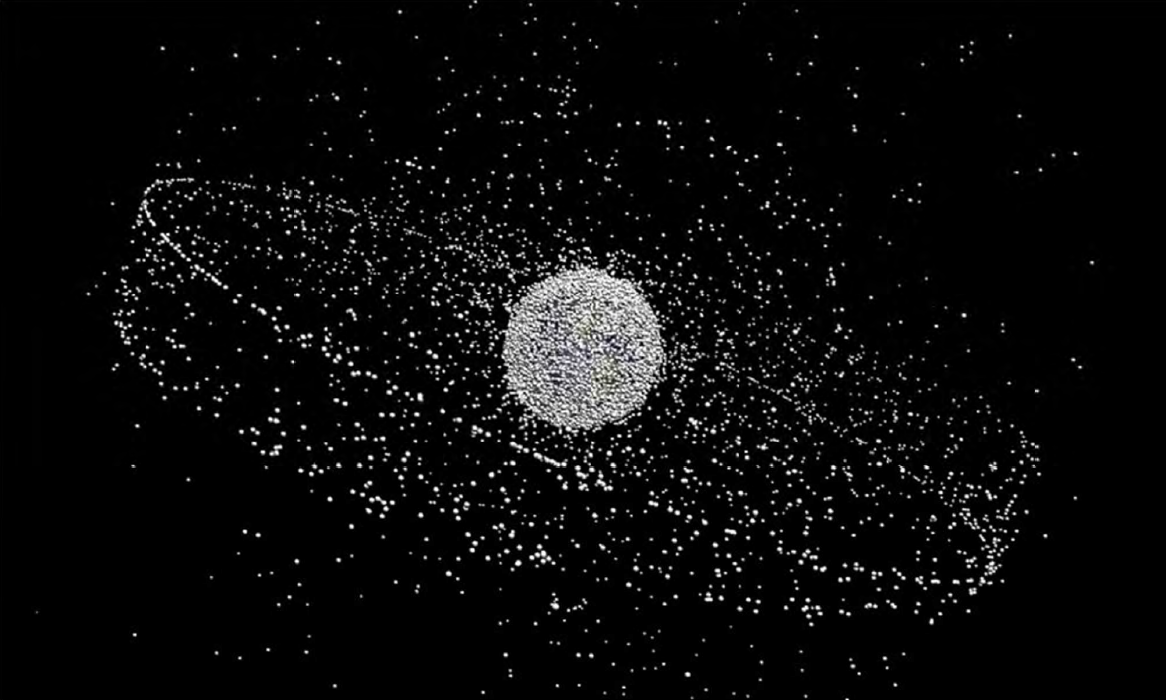Optical observations have been playing an essential role at the Astronomical Institute of the University of Bern (AIUB) since its establishment in 1922. Such observations were first performed at the Muesmatt observatory, then at the Zimmerwald observatory (built 1956 by Prof. Max Schürer). The Zimmerwald observatory was extensively used for astrometric purposes. More than 100 asteroids, 49 supernovae, and a handful of comets (among them the comet Wild-II, the target of the NASA Stardust mission) were discovered in Zimmerwald and named by the discoverer.
The 1-m telescope of the Zimmerwald observatory, inaugurated in 1997, was also designed as an astrometric telescope using the CCD-technique (Charge-Coupled Device). AIUB's Optical Astronomy group made extensive use of this facility to develop, as a broad-band facility, an astrometric observation technique, in particular for observing fast moving objects like artificial Earth satellites, space debris, Near Earth Asteroids (NEAs), etc.
 The ZIMLAT-Telescope during a Satellite Laser Ranging Session. Image © P. Schlatter 2015
The ZIMLAT-Telescope during a Satellite Laser Ranging Session. Image © P. Schlatter 2015
The Optical Astronomy group of the AIUB today has a world-leading position in the domain of CCD-Astrometry applied to fast moving objects and has its research focus on space debris and space surveillance. It has been deeply involved in various ESA feasibility studies with main tasks in optical observations, orbit determination, cataloguing, observation strategies, sensor architecture, and image processing. The group has developed the software system for ESA's Space Debris Telescope in Tenerife (1-m Zeiss-telescope at the Teide Astrophysical Observatory). Survey campaigns performed at Tenerife, planned jointly with ESA and processed at AIUB, significantly improved the knowledge of the space debris population, in particular in the so-called geostationary ring. A new population of debris objects was discovered in an orbital region where no potential parent objects could be identified. The population has its origin in the geostationary orbit and is characterized by very high values of area-to-mass ratio (up to 25 square meters per kilogram), which points to pieces of foils used in multilayer insulations of spacecraft as possible candidate objects.
Interesting projects, in which the group was also involved, include the spectroscopic characterization of space debris and a preliminary study for space-based optical observations of debris fragments.
 Visualisation of 20'000 space debris objects, ranging from 20cm upwards.
Visualisation of 20'000 space debris objects, ranging from 20cm upwards.
The Optical Astronomy Group was prime contractor of several ESA projects in the Space surveillance framework:
-
Adaptation of the planning tool and processing software to the new Space Debris camera, 2014
-
Development and simulation of strategies for the detection and tracking of MEO objects, 2013
-
Telescope analysis for an efficient SST coordination with the NEO part of the ESSAS, 2013
-
Identification and analysis of MEO observation strategies for a future European Space Surveillance System, 2011
-
Spectroscopic measurements of GEO objects, 2010
The group collaborates with the International Scientific Optical Observation Network (ISON) and actively takes part, by acquiring and processing observations with the ESA Space Debris Telescope, in the Inter-Agency Space Debris Coordination Committee (IADC), namely in the working group for “Measurements”.